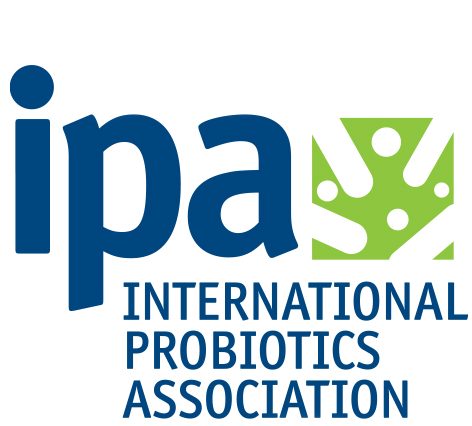
1. WHAT IS A TAXONOMY CHANGE AND WHY DID IT HAPPEN?
Taxonomy is the branch of science concerned with the classification of organisms. Based on exciting new science and the discovery of new species, until April 2020 the Lactobacillus genus now included over 260 species. As it has exceeded the diversity of a normal genus and no longer complied with the heterogeneity
rules, re-classification was needed and the genus Lactobacillus has been split into 25 genera, of which 23 are new: https://www.microbiologyresearch.org/content/journal/ijsem/10.1099/ijsem.0.004107
2. WHAT IS A TAXONOMY CHANGE AND WHY DID IT HAPPEN?
Some examples are listed below:
| Former Genus name | Former species name | New Genus name | New species name |
| Lactobacillus | brevis | Levilactobacillus | brevis |
| Lactobacillus | casei | Lacticaseibacillus | casei |
| Lactobacillus | paracasei | Lacticaseibacillus | paracasei |
| Lactobacillus | plantarum | Lactiplantibacillus | plantarum |
| Lactobacillus | reuteri | Limosilactobacillus | reuteri |
| Lactobacillus | rhamnosus | Lacticaseibacillus | rhamnosus |

3. WHAT ARE THE BENEFITS TO THESE CHANGES?
The reclassification will provide increased discriminatory power to link and identify particular properties such as health and safety benefits to specific genera.
For example, honeybees make honey vs. bees make honey, which is quite broad.
More specificity will ensure stronger scientific evidence and more clarity within the group.
The new taxonomic situation will be more stable and will stop the unrestrained growth of the former genus.

4. WHEN WILL IT BE IN EFFECT
The changes are official with the publication of the new nomenclature in the International Journal of Systematic and Evolutionary Microbiology (April, 2020).

5. HOW IS THIS CHANGE REGULATED
Since its publication, the change is applicable globally. However, unless written into law, the new taxonomy
will not be enforceable. Organizations that wish to remain cutting edge are encouraged to adopt the new
names in scientific, health care, and legal communications.
EFSA, Health Canada and the FDA will use the new names in their literature and communications, including
the QPS list.
